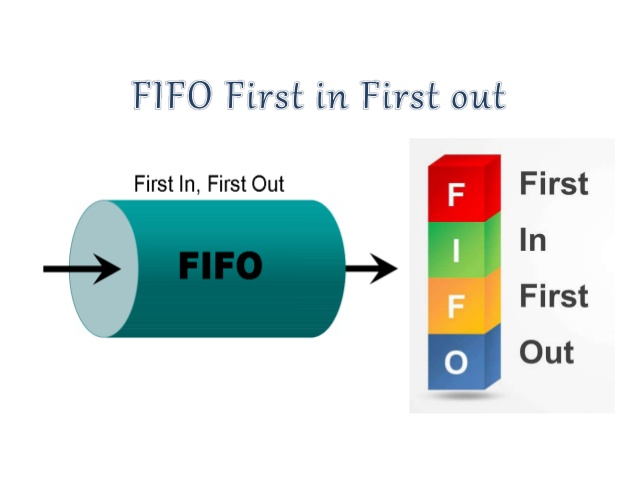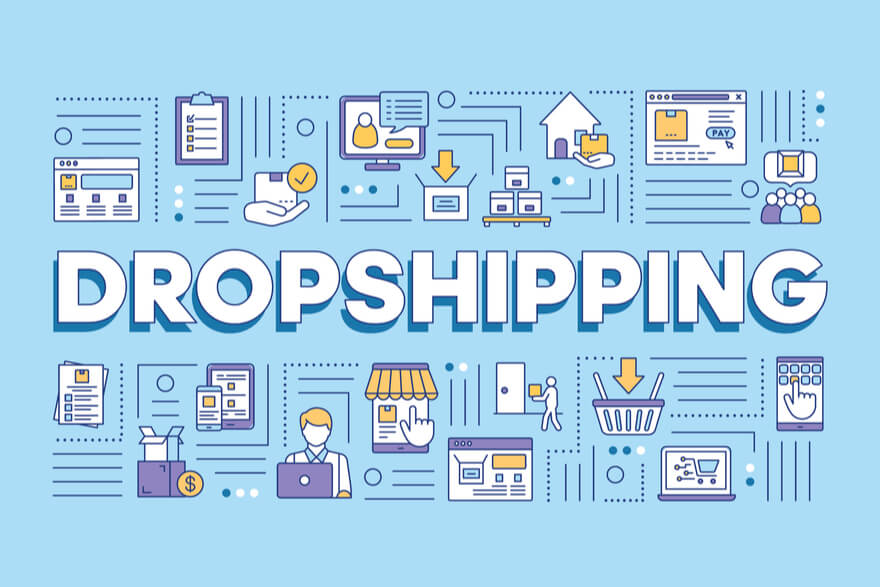Inventory management is all about taking care of the stocked goods of your company. In here, you also attend to the process of monitoring the amount, dimensions, weight, and location of the goods as well. The main objective of inventory management is to make sure that you are minimizing the expenses that your business may have to deal with by holding the inventory.
Here are 7 of the most prominent inventory management techniques, which you should follow. If you can follow these techniques, you will be able to keep your expenses minimum as much as possible at all times.
-
Define par levels
If you want to make your life easy with inventory management, you need to make sure that you are setting up par levels for every single product that you sell. In here, par levels refer to the minimum stock level that you should have in a product at any given time. In case if the inventory levels fall down below this pre-defined level, you will need to go ahead and order more products.
You will need to make sure that you are ordering the minimum quantity from the suppliers so that you can get above the par levels. The par levels you have defined would vary from one product to another. On the other hand, it varies based on the selling frequency of the process as well. Since you cannot manually measure the par levels of all your products, you should think about getting an inventory management system implemented to take appropriate care of it.
-
Follow the first in first out principle
First in first out is one of the most basic and popular principles that you can find in inventory management. You need make sure that you are not losing your business money in the long run with inventory management.
When it comes to the first in first out principle, you will be getting rid of the oldest stock that you have in the business first. You should never touch your new stock until you get rid of old stock. If you are storing perishable products, which come along with an expiry date, you need to pay special attention to this. Otherwise, you will be wasting lots of money on unsellable spoilage.
You can apply this principle to non-perishable goods as well. Then you will be able to deliver the products to your customers in good condition at all times.
-
Focus on contingency planning
When you focus on inventory management, you will notice how a large number of issues may arise along with time. If you are not prepared to deal with these problems, you will end up crippling your business. Some of the common problems that you may come across include running out of cash to order a product from suppliers, overselling the stock due to unexpected spikes in sales and miscalculation of inventory. In order to overcome all these issues, you need to make sure that you have a contingency plan. Then you can react accordingly and end up with quality outcomes at the end of the day.
-
Managing the relationships
Managing excellent relationships along with suppliers and customers is an aspect of excellent inventory management as well. These relationships can provide you with the chance to overcome unexpected issues in most instances. For example, you will be able to negotiate minimum order quantities with the relationships that you manage with the suppliers. Along with that, you can make sure that you are not ending up with excess inventory in the stock.
You should manage excellent relationships with the customers as well. When your stock doesn’t move out as expected, you need to get the most out of customer relationships and make sure that your business is moving forward along with time.
-
Do regular audits
It is important to do regular audits of stock. If you miss out on the regular audits, you will have to face numerous negative consequences in the long run. Hence, you need to make sure that it doesn’t happen to your business.
Several methods are available for you to go ahead with auditing. Spot checking, physical inventory, and cycle counting are some of the best methods available for you to go ahead with regular auditing. Here, you need to make sure that you are counting all the high-value items of your business more frequently.
-
Forecast accurately
Sales forecasting is something that you must do in order to get all the support and assistance needed to ensure proper inventory management. This will help you to optimize the supply and demand process. To accurately forecast inventory you should consider numerous factors. Out of those factors, business growth rate, number of sales you made during the same week of last year, trends in the market, upcoming promotions, overall economy, and guaranteed sales from your subscriptions and contracts should be considered. Along with accurate forecasting, you can make sure that you never go wrong with proper inventory management.
-
Take a look at dropshipping
Dropshipping is something that your business can consider. It can provide great support and assistance to you with inventory management as well. That’s because you don’t have to carry the inventory on your own or take care of the process of shipping out the products. You will be seeking the assistance of a third party. While dropshipping products, the wholesaler or manufacturer will take care of processing the orders and delivery.
Final words
These are 7 of the most prominent inventory management techniques available to follow. Numerous businesses are experiencing the benefits that come along with them. Hence, you can think about implementing them in your business to experience benefits as well.







 Start using ZapInventory today
Start using ZapInventory today
